Why Gutter Guards Are Bad?
Gutter guards promise to keep your gutters free of debris, but many homeowners find they don’t live up to expectations. Marketed as a hassle-free solution to clogged gutters, these systems, often called screens, covers, or helmets can create more problems than they solve. If you’re wondering are gutter guards worth it or searching for reasons why gutter guards are bad, this article explores the real issues based on homeowner experiences and expert insights. From maintenance challenges to high gutter guard cost, here’s why gutter guards may not be the best choice for your home. At Pro Craft Home Products, we’re committed to helping you make informed decisions about your home’s exterior.
Common Problems with Gutter Guards
Despite their appeal, gutter guards come with significant drawbacks that can frustrate homeowners. Here are the top reasons they may not work as advertised.
1. They Don’t Eliminate Maintenance
The main pitch for gutter guards is less gutter cleaning, but they’re far from maintenance-free. Small debris like pine needles, seeds, or shingle granules can slip through even the best gutter guards, causing clogs over time. For example, micro-mesh guards, often touted as top-tier, still require cleaning every few months in areas with heavy tree cover. Homeowners expecting a “set it and forget it” solution may be disappointed when they’re back on the ladder.
2. Cleaning Is More Complicated
Cleaning gutter guards can be trickier than cleaning open gutters. Debris trapped under screens or meshes often requires removing the guards or using specialized tools, making the process time-consuming. This complexity can increase gutter guard cost over time, especially if you need professional help. For reliable cleaning solutions, explore our professional gutter cleaning services to keep your gutters in top shape without the hassle.
3. Small Debris Causes Big Problems
Even the best gutter guards struggle with tiny debris like pine needles or maple seeds. These particles accumulate, reducing water flow and creating blockages. Over time, trapped debris can decompose, fostering moss or algae growth that may spread to your roof, causing costly damage. This is a key reason why gutter guards are bad for homes surrounded by trees like pines or oaks.
4. Aesthetic and Structural Concerns
Gutter guards can affect your home’s look and structural integrity. Some systems, like hood guards, protrude noticeably, clashing with your home’s design. The added weight of guards and debris can also strain the fascia, potentially causing it to bend or detach. In snowy climates, this extra weight increases the risk of gutter damage, making gutter guards a risky choice for some homes.
5. High Costs with Questionable Savings
Why are gutter guards so expensive? Installation costs can be steep, with DIY home depot gutter guards ranging from $170 to $700 for a 200-foot system and professional gutter guard installation costing $4,000 to $7,000. While guards may reduce cleaning frequency, the savings rarely justify the expense. Annual professional cleaning, costing $100 to $360, is often more cost-effective. For expert advice on cost-efficient solutions, check our gutter services.
6. Risk of Roof Damage
Improper gutter guard installation can void your roof warranty or cause leaks. Guards attached to shingles may create gaps where water seeps, leading to rot or mold. In cold climates, debris trapped by guards can contribute to ice dams, pushing water under shingles. These risks highlight why gutter guards may not be the protective solution they claim to be.
Types of Gutter Guards and Their Specific Issues
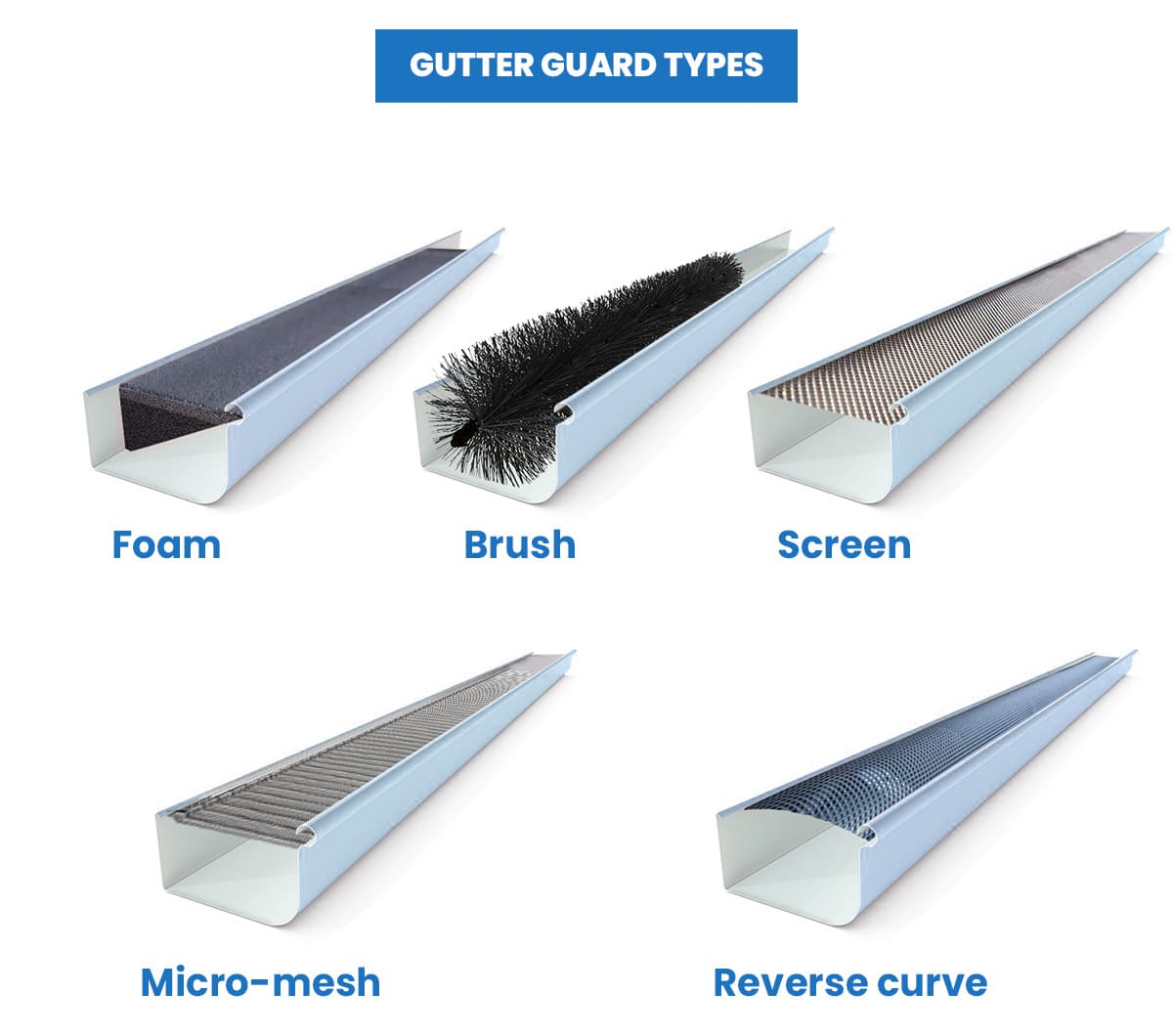
Different gutter guards have unique flaws, making it crucial to understand their limitations before investing.
- Mesh Gutter Guards: These block larger debris but let small particles like pine needles through, requiring frequent cleaning. They’re popular but not foolproof.
- Reverse-Curve (Hood) Guards: These rely on surface tension to guide water, but improper installation can cause water to overshoot, pooling near your foundation.
- Foam Gutter Guards: Affordable and easy to install, foam guards degrade quickly (lasting 2-5 years) and are prone to mold growth.
- Screen Gutter Guards: Budget-friendly options like Home Depot gutter guards are less effective against small debris and may warp under heavy loads.
For help choosing the right system, our gutter guard installation services ensure proper setup tailored to your home.
Environmental Factors That Worsen Gutter Guard Problems
Your home’s surroundings impact gutter guard performance. Consider these factors:
- Heavy Tree Cover: Trees like maples or pines drop small debris that clogs guards, increasing maintenance.
- Harsh Winters: Snow and ice add weight, promoting ice dams and gutter damage.
- High Rainfall: Heavy rain can overwhelm guards, especially if debris reduces water flow, causing overflow.
These challenges make gutter guards less practical for some homeowners.
Alternatives to Gutter Guards
If gutter guards aren’t ideal, consider these cost-effective alternatives:
- Professional Gutter Cleaning: Annual or biannual cleaning (costing $100-$360) is often cheaper than the gutter guard cost. Our gutter cleaning services offer a hassle-free solution.
- Oversized Gutters: Larger gutters handle more debris and water, reducing clogs.
- Tree Trimming: Reducing tree cover minimises debris, lowering cleaning frequency.
- DIY Cleaning: If safe, clean gutters twice yearly using proper safety gear.
Alternatives to Gutter Guards
If gutter guards aren’t ideal, consider these cost-effective alternatives:
- Professional Gutter Cleaning: Annual or biannual cleaning (costing $100-$360) is often cheaper than gutter guard cost. Our gutter cleaning services offer a hassle-free solution.
- Seamless Gutters vs. Traditional Gutters: Seamless gutters, crafted from a single piece of material, offer a sleek, leak-resistant design that reduces debris buildup and maintenance. Unlike traditional gutters, which are pieced together and prone to leaks at the joints, seamless options are custom-fitted to your home, improving durability and reducing clogs. While seamless gutters come with a higher upfront cost, traditional gutters are more affordable and easier to install. To help you decide which option is right for your home, check out our full comparison of seamless vs. traditional gutters.
- Oversized Gutters: Larger gutters handle more debris and water, reducing clogs.
- Tree Trimming: Reducing tree cover minimizes debris, lowering cleaning frequency.
- DIY Cleaning: If safe, clean gutters twice yearly using proper safety gear.
Tips for Homeowners Considering Gutter Guards
If you’re still considering gutter guards, follow these tips to avoid pitfalls:
- Choose the Right Type: Micro-mesh guards suit small debris, while reverse-curve guards work for larger leaves. Our blog on choosing gutter guards offers detailed guidance.
- Opt for Professional Installation: Proper setup prevents warranty issues and ensures performance. Contact us for expert gutter guard installation.
- Plan for Maintenance: Budget for cleaning every 3-6 months in high-debris areas.
- Check Roof Warranty: Ensure guards won’t void your warranty, especially if attached to shingles.
- Weigh Costs vs. Benefits: Compare gutter guard cost to cleaning expenses to make an informed choice.
Have questions about whether our gutter guards are worth it? Contact us for a free quote and personalised advice.
Conclusion
Gutter guards may seem like a convenient fix, but their drawbacks, are complex maintenance, high gutter guard cost, and potential roof damage often outweigh the benefits. For many homeowners, especially in tree-heavy or harsh-weather areas, alternatives like professional cleaning or larger gutters are smarter choices. At Pro Craft Home Products, we’re here to help you find the best solution for your home. Before investing in gutter guards, weigh your options carefully to protect your home and budget.

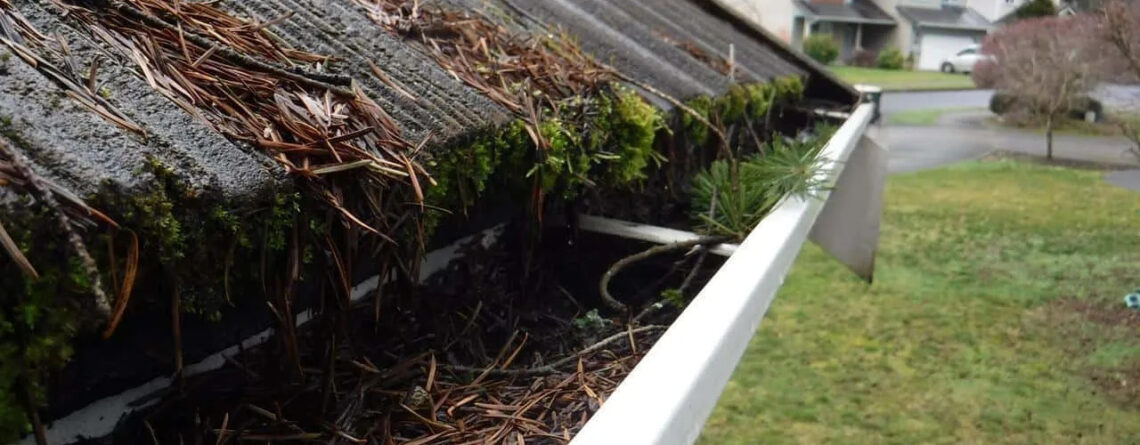

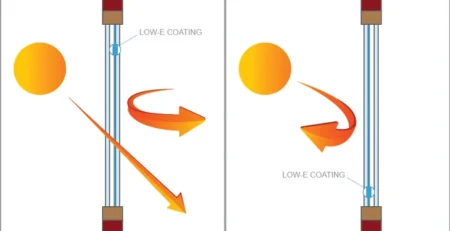




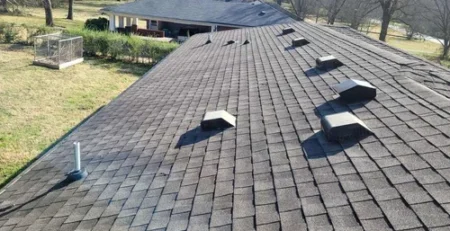
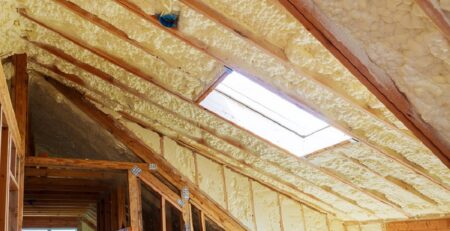
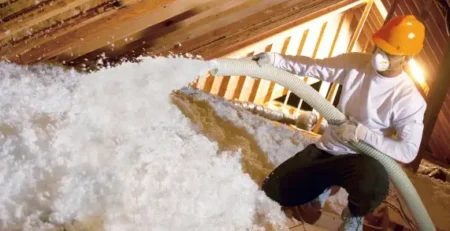

Leave a Reply